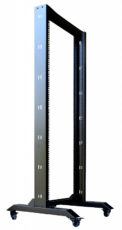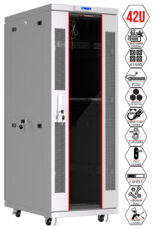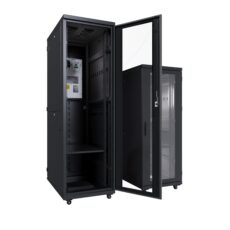

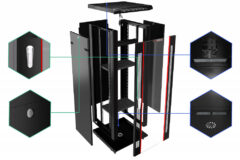
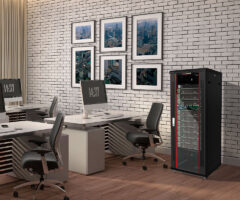
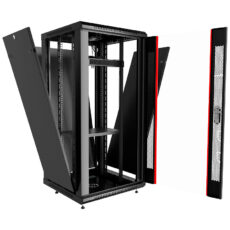


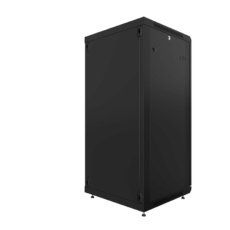

22U 24" Depth Wall Mount 19" Enclosure S...
19" Wall Mount Server Rack Cabinet 22U (24"w x24"d x43"h) ...

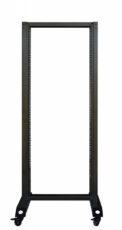
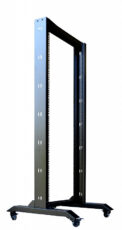

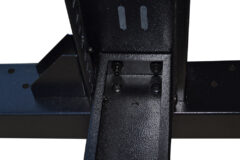
32U 2 Post Open Frame 19" Network Server...
Width (overall): 24" (600 mm) Square Mounting Holes Mounti...




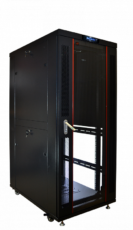
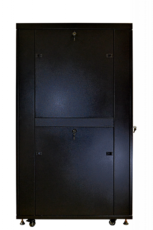


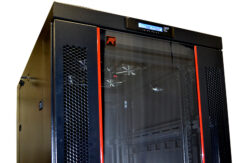
37U 32" Depth IT & Telecom Cabinet SRF 3...
19" Floor Standing Server Rack Cabinet 37U (24"w x32"d x74"...

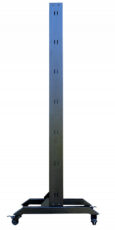
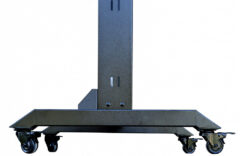
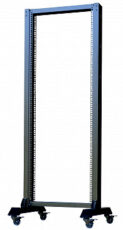

42U 2 Post Open Frame 19" Network Server...
Width (overall): 24" (600 mm) Square Mounting Holes Mounti...
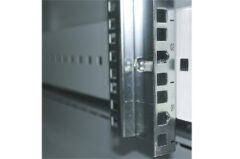
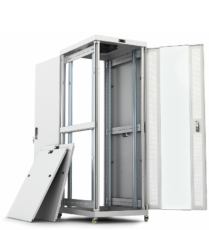







42U 35'' Depth (24"x35"x84") 19" IT & Te...
19" Floor Standing Telecommunication Cabinet 42U 24"x35"x84...


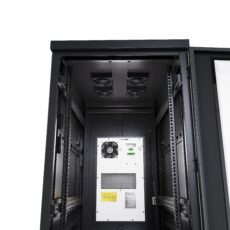


Air Conditioned Server Rack SRF 42.6.10A...
Sysracks 42U Server Cabinet with Air Conditioning, 39" Depth...
The standard server rack cabinet dimensions are 19 inches (483 mm) wide with a height measured in U (rack units). The most common height is 42U (about 6 feet or 1.8 meters), but computer racks can range from 1U to 48U in height. The depth of a standard server cabinet typically ranges from 24 inches (610 mm) to 48 inches (1219 mm), with 36 inches (914 mm) being the most common.
The standard server rack height is typically 42U (about 6 feet or 1.8 meters). However, server racks can range in height from 1U to 48U, depending on the equipment and space requirements.
The standard width of server rack is 19 inches (483 mm).
The depth of a server rack typically ranges from 24 inches (610 mm) to 48 inches (1219 mm). The most common depth for standard server racks is 36 inches (914 mm). However, the depth can vary depending on the type of equipment being housed and the specific requirements of the data center.
To cool a server rack, ensure proper airflow by arranging equipment to allow ventilation. Use dedicated cooling solutions such as fans, air conditioners, or in-row cooling systems to maintain an optimal temperature. Additionally, consider airflow management tools like blanking panels and cable management trays to prevent hot spots and improve cooling efficiency.
"There are several types of server racks for data centers: 1. Open Frame Racks – simple and provide easy access with good airflow. 2. Enclosed Racks – offer security and protection with closed sides and doors. 3. Wall-Mounted Racks – space-saving racks ideal for small setups. 4. Rack Cabinets – fully enclosed with better cable management and airflow control. 5. Sliding Racks – allow easy access to equipment with a sliding mechanism."
"To ground a network rack, follow these steps: 1. Locate the grounding point: Most network racks have a designated grounding terminal or lug. 2. Use appropriate grounding wire: Use a copper wire with a sufficient gauge (typically 14 AWG or thicker) for grounding. 3. Connect to a grounding system: Attach one end of the wire to the rack's grounding terminal and the other end to an approved grounding point, such as a grounding bar or a dedicated ground in your facility's electrical system. 4. Ensure a secure connection: Tighten all connections to prevent loose or intermittent grounding. 5. Test the connection: Use a multimeter to verify the connection is secure and that the rack is properly grounded."
To roll a server cabinet, make sure it’s equipped with wheels. Secure the equipment inside, lock all doors, and clear the path. Move the cabinet slowly with at least two people to maintain control and avoid tipping.



